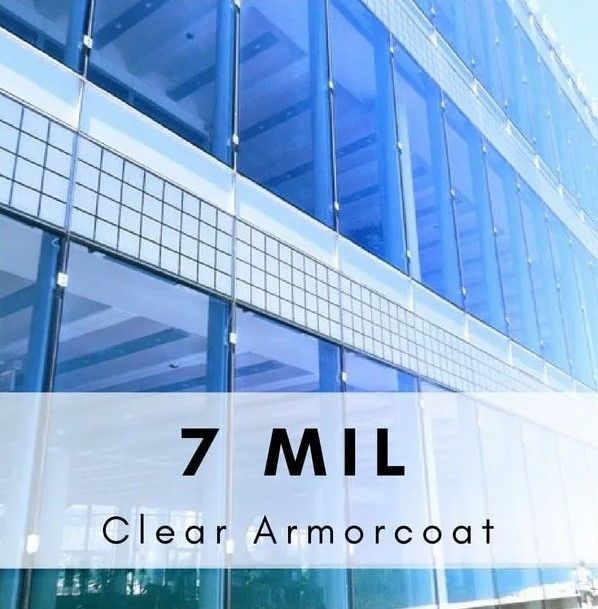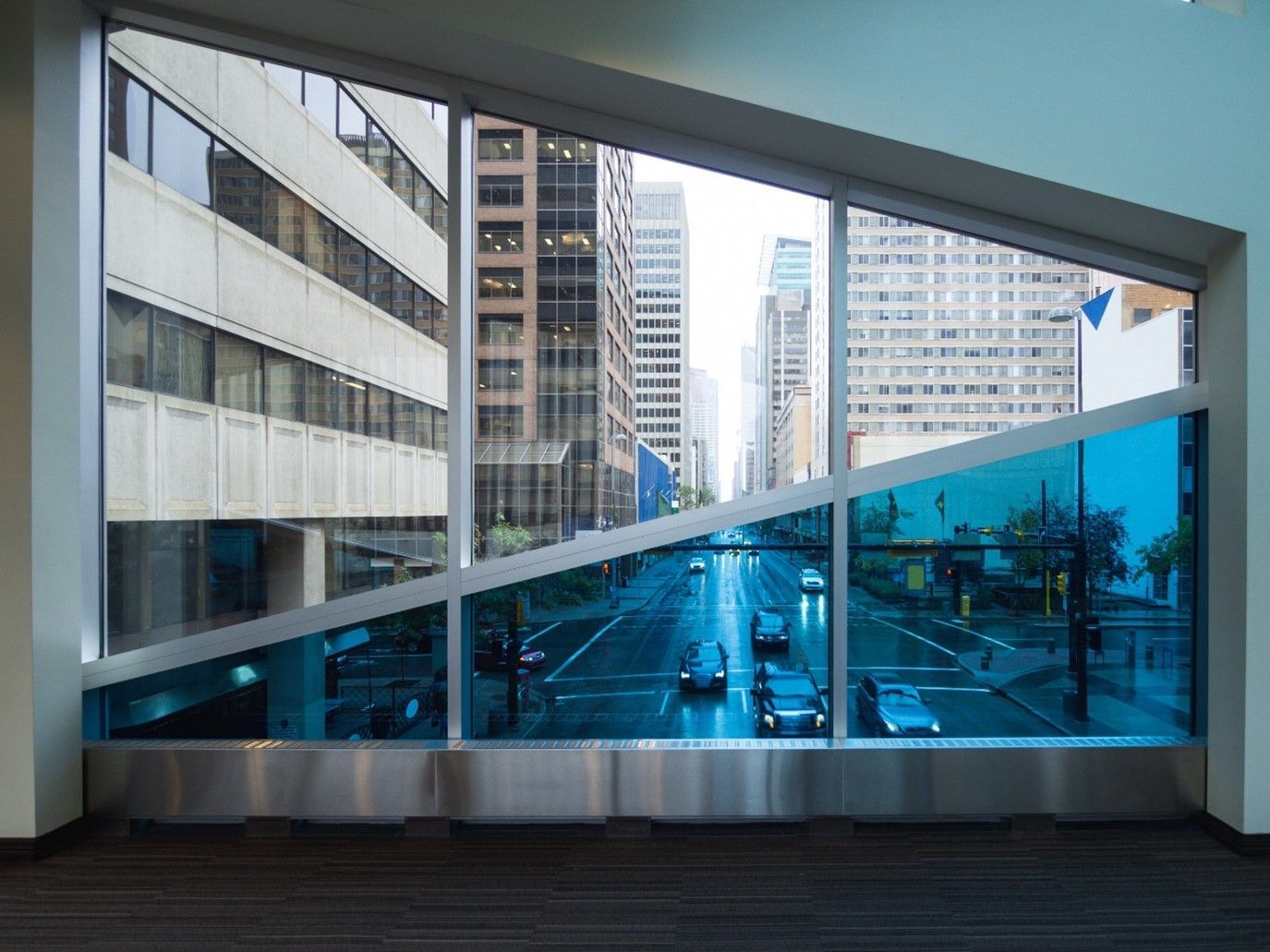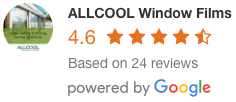17 Terms You Need to Know About Window Tint Film
- By websitebuilder
- •
- 28 Sep, 2023
- •

If you’re in the market for window tint film for your home or workplace, there’s plenty to consider. Window film products and installation processes often utilise unique terminology that may be confusing to those outside the industry. For this reason, we’ve compiled a collection of common terms to look out for while you shop for window films.
Handy definitions related to window tint film
CURING (DRYING) TIME
Curing time refers to the period it takes for the window tint film to fully dry and adhere to the glass surface after installation. During this time, the adhesive in the film undergoes a chemical reaction, bonding the film to the glass. The curing time can vary depending on factors such as the type of film, environmental conditions, and the manufacturer's instructions.
EMISSIVITY (E)
Emissivity is a measure of how efficiently a material emits thermal radiation. In the context of window film, emissivity refers to the ability of the film to reflect or absorb heat from the sun. A lower emissivity value indicates that the film reflects a higher percentage of heat, reducing the amount of heat that enters through the windows. This can help keep the interior of a building cooler and reduce the load on air conditioning systems.
GLARE REDUCTION
Glare reduction refers to the ability of window tint film to reduce excessive brightness or glare caused by direct sunlight or artificial light sources. Window films can help filter out the harsh glare, making the interior space more comfortable and improving visibility. This is particularly beneficial in areas with high sun exposure or where glare can interfere with activities such as watching television or working on a computer.

GLAZING
Glazing refers to the process of installing glass in windows or doors. Window film can be applied to the glazing to provide various benefits such as heat reduction, UV protection, and privacy.
INFRARED (IR) RADIATION
Infrared radiation is a type of electromagnetic radiation that is not visible to the human eye but can be felt as heat. It is part of the solar energy spectrum and contributes to the warming of objects and spaces. Window tint film can block or reduce the amount of infrared radiation that enters through the windows, helping to keep the interior cooler and reduce the need for excessive air conditioning.
INFRARED (IR) REJECTION
Infrared rejection refers to the ability of window film to block or reduce the amount of infrared radiation that passes through the glass. A higher infrared rejection value indicates that the film is more effective at blocking infrared heat, resulting in better heat reduction and energy efficiency.
LOW-EMISSIVITY (Low-E)
Low-emissivity, often referred to as Low-E, is a type of window tint film that has a low emissivity rating. This means that it reflects a higher percentage of heat and reduces heat transfer through the glass. Low-E window film is designed to improve energy efficiency by keeping heat out during hot weather and retaining heat indoors during colder weather.
MIL
Mil is a unit of measurement used to describe the thickness of window film. It represents one-thousandth of an inch. The mil measurement is commonly used in the window film industry to indicate the thickness and durability of the film. A higher mil value indicates a thicker film that may offer increased strength and resistance to tearing or damage.

PLY
Ply refers to the number of layers in the window tint film. Window films can be single-ply or multi-ply, with multiple layers of film laminated together. A higher ply count generally indicates a thicker film that may provide enhanced durability, heat reduction, and privacy. However, it is important to consider other factors such as the quality of the film and the manufacturer's specifications when choosing the right window tint for a specific application.
SOLAR ABSORPTANCE
The ratio of the amount of total solar energy absorbed by a glazing system to the amount of total solar energy falling on the glazing system. It is that portion of total solar energy neither transmitted nor reflected. The formula for calculating solar absorptance is: Solar absorption = 1.00 - (solar transmittance) - (solar reflectance)
SOLAR ENERGY
Solar energy refers to the energy from the sun, including visible light, ultraviolet (UV) light, and infrared (IR) radiation. Window film interacts with solar energy by reflecting, absorbing, or transmitting different portions of the solar spectrum. By controlling the amount of solar energy that enters through the windows, window tint film can help regulate indoor temperatures, reduce UV exposure, and enhance energy efficiency.
SOLAR REFLECTANCE
Window tint film can block up to 99% of harmful UV rays from the sun, protecting patients and staff from potential health risks associated with prolonged sun exposure, particularly when they are confined to the hospital. It also reduces the amount of heat that enters through the windows, creating a more comfortable environment for patients.
Special security films can also be used to protect lives and property from shattered glass in the case of a break-in.
Healthcare centres and hospitals might also benefit from frosted window films for even greater patient privacy.
SOLAR TRANSMITTANCE
Solar transmittance refers to the ability of window film to allow solar energy to pass through. It represents the percentage of solar energy that is transmitted through the film and enters the building. The solar transmittance of window film can vary depending on factors such as the type of film, its darkness level, and the specific wavelengths of solar energy.

TOTAL SOLAR ENERGY REJECTED (TSER)
Total Solar Energy Rejected (TSER) refers to the percentage of total solar energy (heat) that is blocked or rejected by the window film and glass system. A higher TSER value indicates that the window film is more effective at blocking solar heat.
ULTRAVIOLET (UV) LIGHT
Ultraviolet (UV) light is a type of electromagnetic radiation that is not visible to the human eye. It is responsible for causing sunburn, fading of furniture and fabrics, and can be harmful to the skin. Window film can help block a significant portion of UV rays, reducing UV-related damage and protecting the interior of a building.
VISIBLE LIGHT REFLECTANCE (VLR)
Visible light reflectance refers to the ability of window film to reflect visible light. It represents the percentage of visible light that is reflected by the film. A higher visible light reflectance value means that the film reflects more visible light, resulting in a brighter appearance.
VISIBLE LIGHT TRANSMITTANCE (VLT)
Visible light transmittance (VLT) refers to the percentage of visible light that is allowed to pass through the window film. A higher VLT value means that more visible light is transmitted through the film, resulting in a brighter interior. Conversely, a lower VLT value means that less visible light is transmitted, resulting in a darker interior.
Find your perfect window film with ALLCOOL
ALLCOOL Window Films is your one stop shop for commercial and residential window tint film. Our premium window tint, solar film, safety film, frost film, and graphic film, is provided by Solar Gard. Each film is rated using many of the above properties, so get in touch with us to discuss your requirements.












